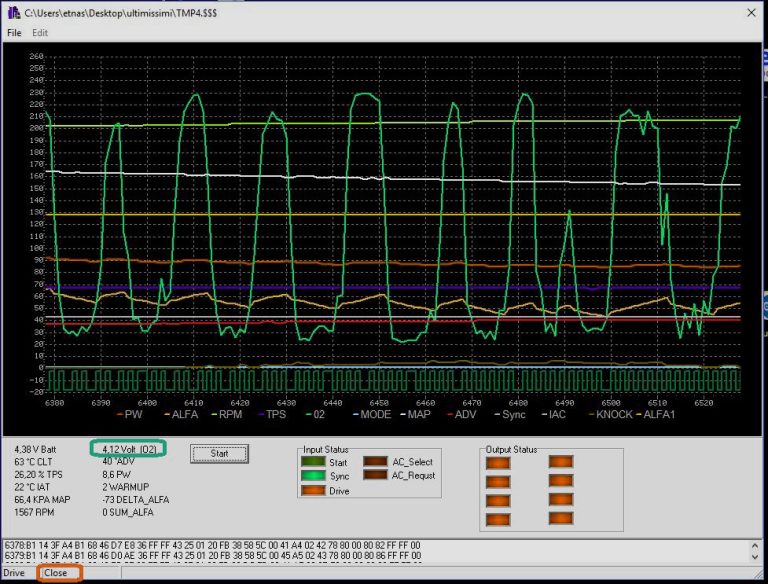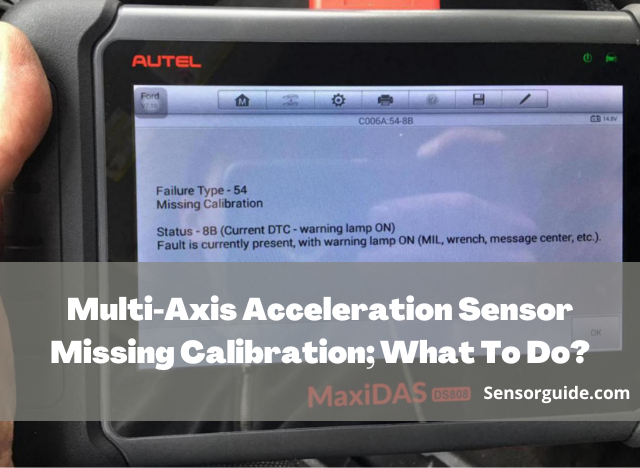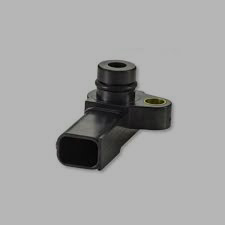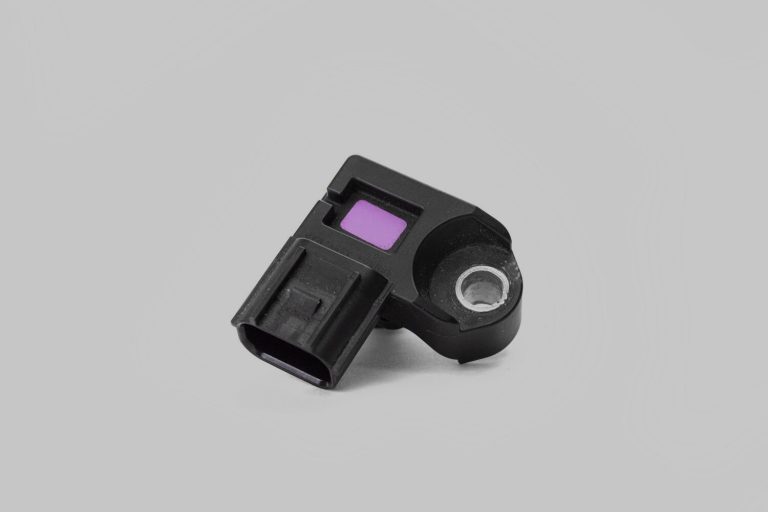How Much does It Cost to Replace Traction Control Sensor?
“How much does it cost to replace a traction control sensor?” You might also have this question if your traction control sensor shows some faulty signs. Understanding the financial aspect is just the beginning, as knowing the symptoms of a bad sensor, the impact of driving without one, and the process involved in replacement are equally important. Our aim is to provide a comprehensive overview of all those aspects, blending essential information with practical advice, to ensure your vehicle remains safe and stable on the road, especially under challenging driving conditions. So, move on to the following detailed paragraphs!
How Much does It Cost to Replace Traction Control Sensor?
The cost to replace a traction control sensor typically ranges from approximately $100 to $600. This estimate includes both parts and labor, which can vary based on several factors. To get a clearer idea about the cost, go through these influential factors.
- Sensor Cost: The price of the sensor itself usually falls between $100 and $300. This variation is primarily due to the make and model of the vehicle, as different cars require different sensors.
- Labor Charges: Labor can contribute significantly to the overall cost, typically ranging from $100 to $300. The time it takes to replace and the other necessary repairs can vary, affecting labor costs.
- Vehicle Make and Model: Undoubtedly, some high-end or luxury vehicles might have more expensive parts and labor rates.
- Location and Service Provider: Geographic location can impact the cost, as labor rates vary by region. Additionally, choosing a dealership for the replacement might be more expensive than an independent mechanic.
- Additional Repairs: If the traction control system has additional issues, this could increase the overall cost.
Although you have a budget, it is essential to get a service from a professional. Otherwise, the outcome will be imperfect.
How Do I Know If My Traction Control Sensor is Bad?
To know if your traction control sensor is bad, look for symptoms such as the traction control warning light turning on, reduced traction, or your vehicle handling differently, especially in slippery conditions. Move on to learn more!
- Traction Control Warning Light: The most obvious sign is the illumination of the traction control warning light or check engine light on your dashboard. In case the system detects a problem, you will see this light.
- Reduced Traction: If you notice your vehicle is not maintaining traction as effectively as it used to, particularly in wet or icy conditions, this could be a symptom of a failing sensor, too.
- Unexpected Activation of Traction Control System: You might experience the traction control system engaging at unusual times. It might indicate that you have a faulty sensor with incorrect signals.
- Handling and Stability Issues: The vehicle might feel less stable or show handling inconsistencies, especially while turning or during acceleration.
- Error Codes on Diagnostic Tools: Using an OBD-II diagnostic tool can reveal specific error codes related to the traction control system, confirming a sensor issue.
- Inconsistent ABS Functioning: Since the ABS and traction control systems are interconnected, issues with the traction control sensor can also impact the ABS functionality.
Remember that addressing these symptoms promptly is crucial for your safety and the vehicle’s performance. Otherwise, you will have to face issues like reduced vehicle control, especially under adverse weather conditions, and potentially more costly repairs in the long run.

Can I Drive without a Traction Control Sensor?
Yes, you can drive a vehicle without a traction control sensor, but it’s not recommended, especially in adverse weather conditions.
Without a working sensor, the vehicle’s traction control system won’t function properly. This means reduced assistance in maintaining grip on slippery or uneven surfaces.
The main purpose of traction control is to enhance safety by preventing wheel spin and loss of control. Driving without this feature, particularly in wet, icy, or muddy conditions, increases the risk of skidding or sliding.
Moreover, driving with a known fault, like a non-functional traction control sensor, might have legal and insurance implications depending on the laws and regulations in your country.
Therefore, you should keep the traction control sensor active in your vehicle.
While the vehicle can be operated, the lack of a fully functional traction control system compromises its safety features.
Thus, it’s advisable to get the sensor repaired or replaced as soon as possible to ensure the vehicle operates as intended, especially for maintaining control and stability in challenging driving conditions.
Watch this one,
Video Credits – Ask About APPS





